10 Beautiful but Dangerous Flowers to Keep Away from Pets
As a pet owner, you want to keep your home and garden both beautiful and safe for your furry companions.
However, many common flowering plants can be toxic to dogs and cats, making it crucial to know which blooms to avoid.
With their appealing colors and scents, flowers like daffodils, lilies, and tulips can be especially enticing to pets but come with serious risks.
This guide covers 10 common toxic plants to help you make pet-friendly choices in your garden and keep your pets protected.
Poinsettia
Festive poinsettias bring vibrant holiday colors, brightening indoor spaces with their signature red and green foliage. While lovely, these plants can cause mild irritation for pets if ingested, leading to vomiting or drooling.
The sap may also cause skin irritation in cats and dogs, so keeping them out of reach ensures a safe and cheerful home for everyone.
Azalea
Vibrant azaleas add a splash of color with their stunning blooms, perfect for brightening gardens and entryways. It’s worth noting that all parts of this plant are toxic to pets and humans, causing symptoms like vomiting, drooling, or even tremors.
Taking care to place them where pets won’t nibble helps you enjoy their beauty without worry.
Morning Glory
Climbing morning glories are a favorite for garden trellises, with their striking blue and purple blooms that bring charm to any outdoor space. While captivating, these flowers contain lysergic alkaloids, making them toxic to pets.
Symptoms can include vomiting and tremors, so planting them in pet-free areas keeps your garden safe and beautiful.
Chrysanthemum
Classic chrysanthemums, known for their cheerful fall blooms, bring warmth and color to gardens and patios. Their leaves and stems contain pyrethrins, which can upset pets’ stomachs if ingested, causing vomiting or loss of appetite.
Keeping these blooms out of reach of curious pets ensures everyone can enjoy their beauty safely.
Lilies
Elegant lilies are beloved for their graceful, fragrant blooms that add a touch of sophistication to any setting. Unfortunately, all parts of the plant, including the water in their vases, can be toxic to pets, leading to nausea or more serious symptoms.
Displaying lilies in pet-free spaces allows you to appreciate their charm without risk.
Marigolds
Bright marigolds add cheerful color to gardens and window boxes with their sunny, golden blooms. While generally safe, nibbling on marigolds may cause stomach upset, drooling, or skin irritation in pets.
Placing these flowers out of reach lets you enjoy their vibrant beauty while keeping your furry friends safe.
Daffodils
Sunny daffodils are a joyful sign of spring, with their bright yellow blooms bringing light and life to garden beds. Containing lycorine, daffodils can be toxic to pets, causing severe symptoms like vomiting or even seizures.
Planting these bulbs in areas away from pets helps protect both your garden and your furry friends.
Amaryllis
Striking amaryllis is a favorite for its bold, trumpet-shaped blooms that add a touch of drama to any room or garden. While beautiful, all parts of the amaryllis contain phenanthridine alkaloids, making it toxic to pets if ingested.
Keeping this plant out of reach ensures a safe environment for everyone while still enjoying its vibrant presence.
Hydrangea
Lush hydrangeas are known for their abundant, cloud-like blooms in shades of pink, blue, and white, adding a dreamy touch to any landscape. With cyanogenic glycoside in their leaves and flowers, hydrangeas can cause symptoms like vomiting or difficulty breathing in pets.
Growing them in pet-free zones lets you enjoy their lush appeal worry-free.
Tulips
Timeless tulips bring classic elegance to any spring garden with their bold, cup-shaped blooms in a variety of colors. Their bulbs and petals are highly toxic if ingested by pets, causing nausea and other digestive issues.
Keeping tulips in pet-free spaces allows you to enjoy their beauty with peace of mind.

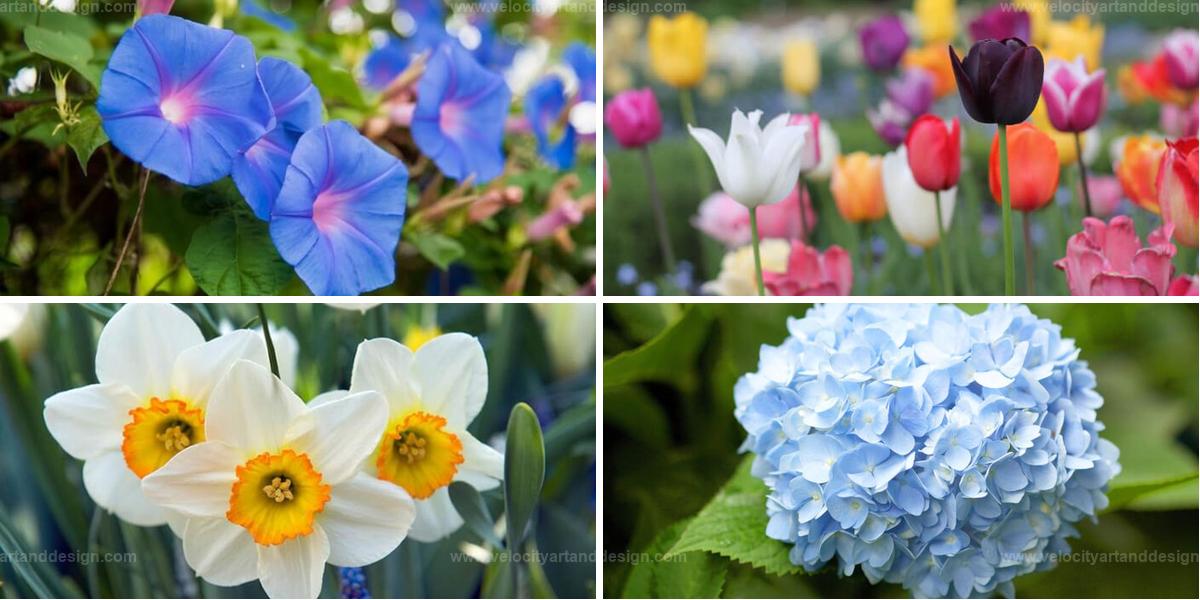
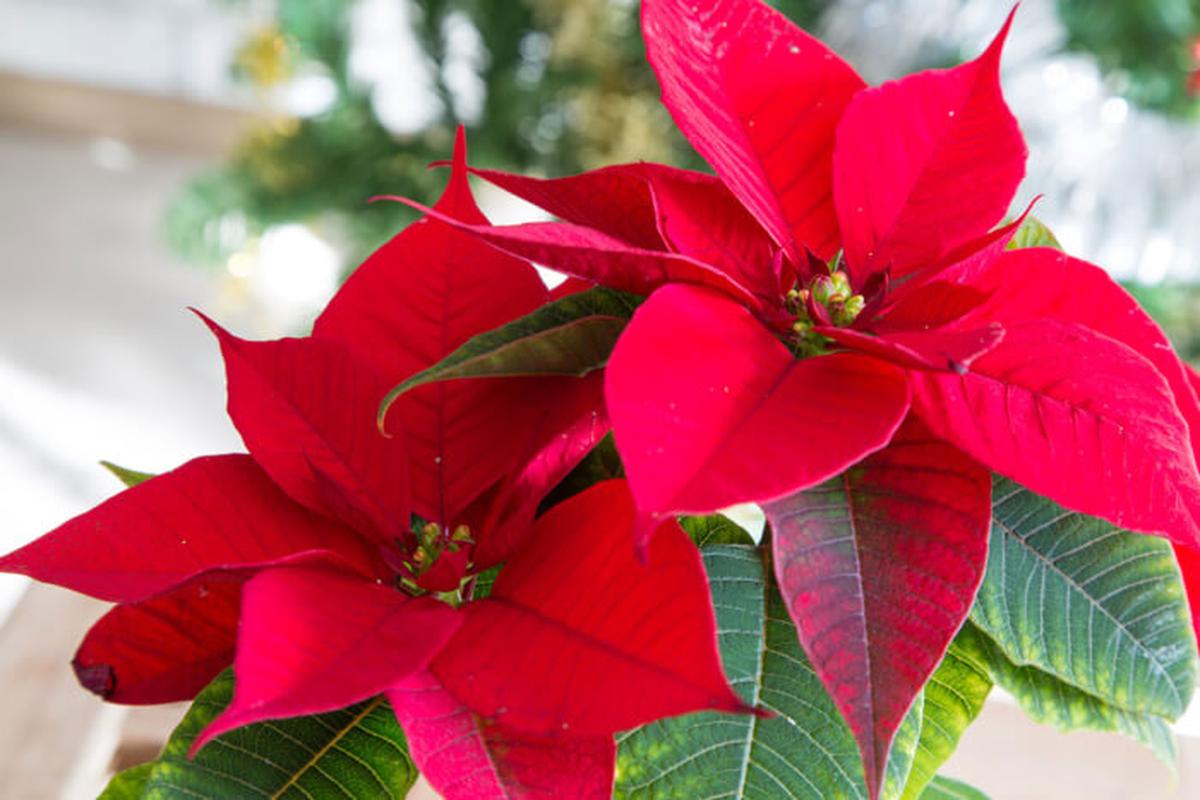
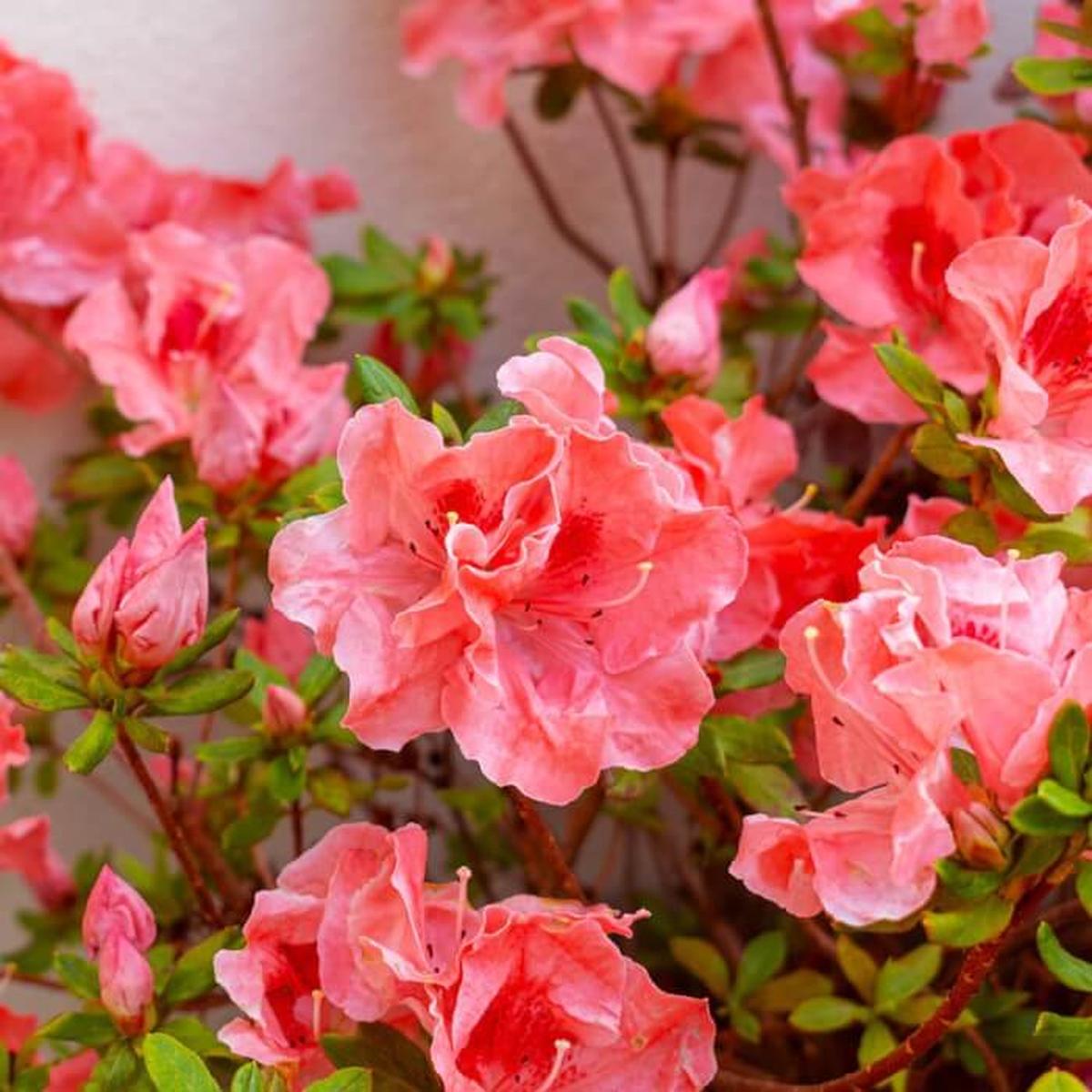
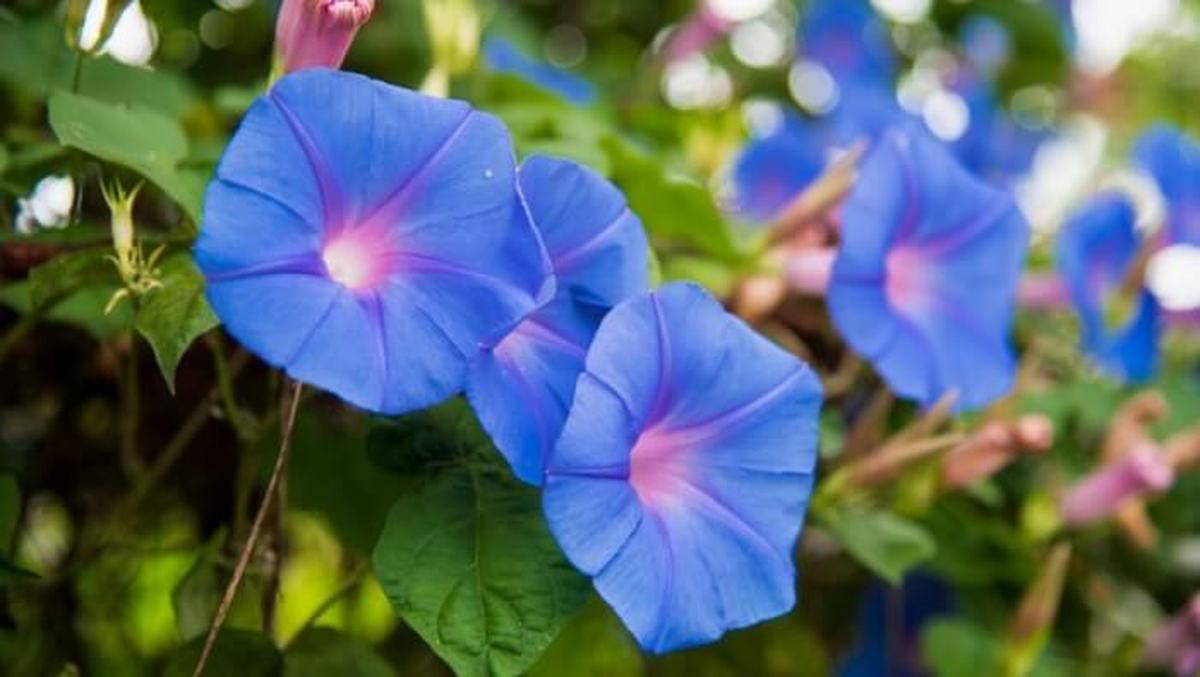
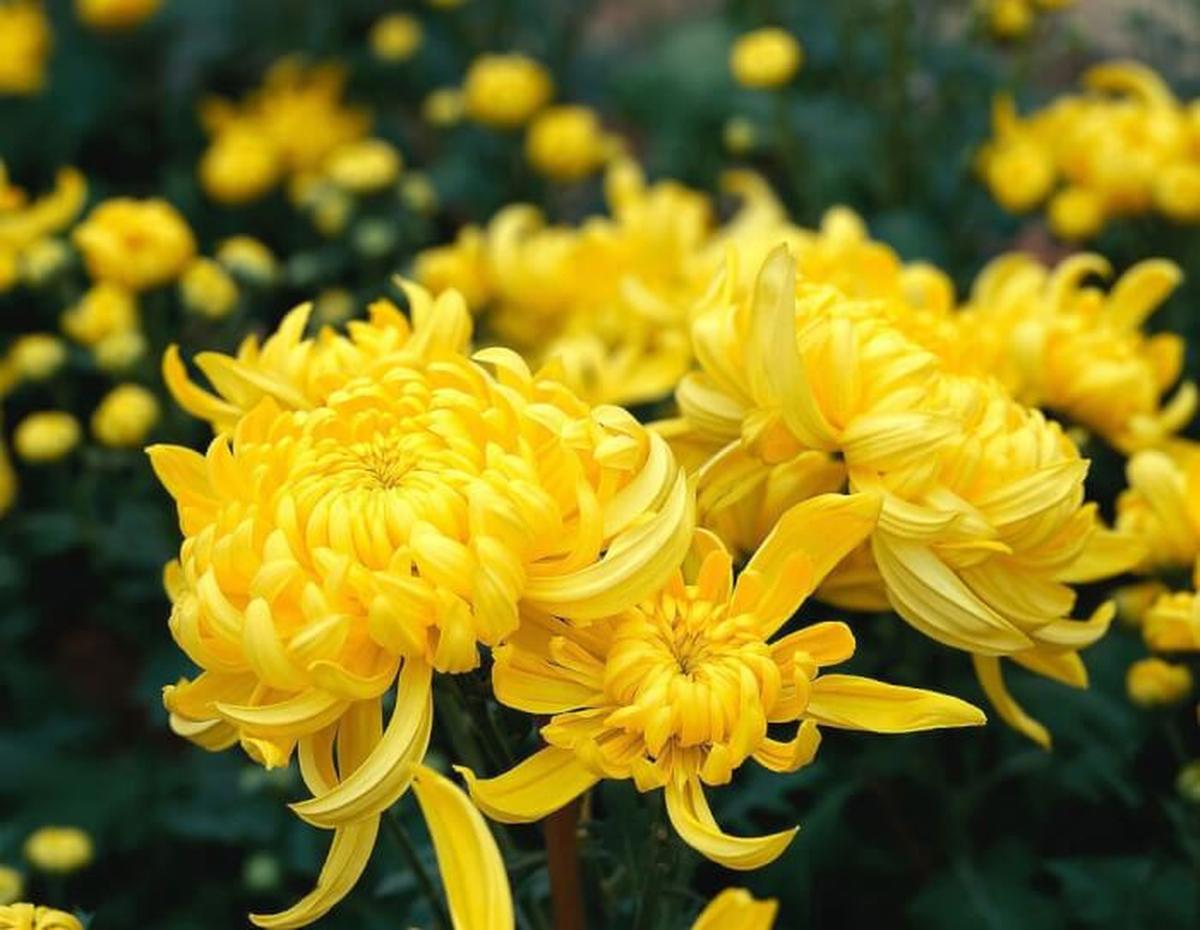
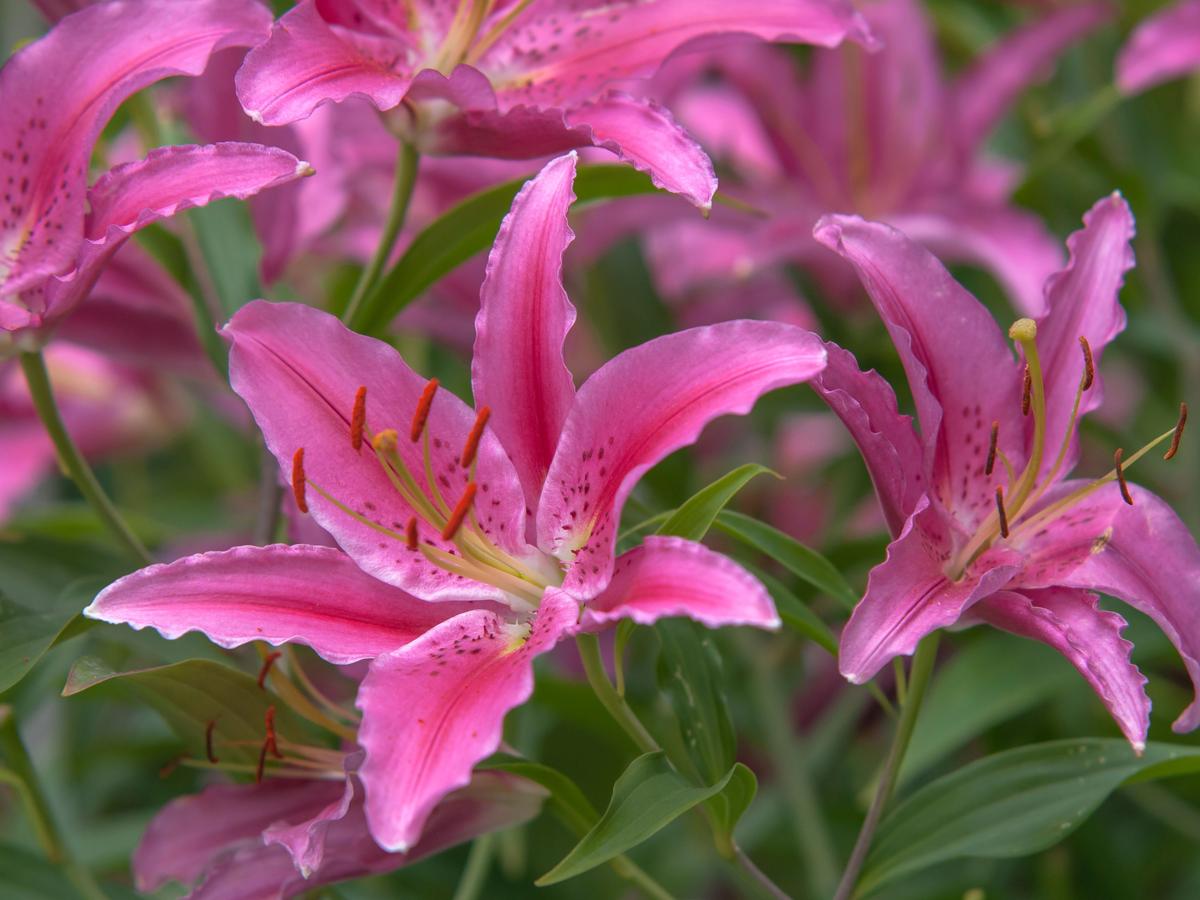
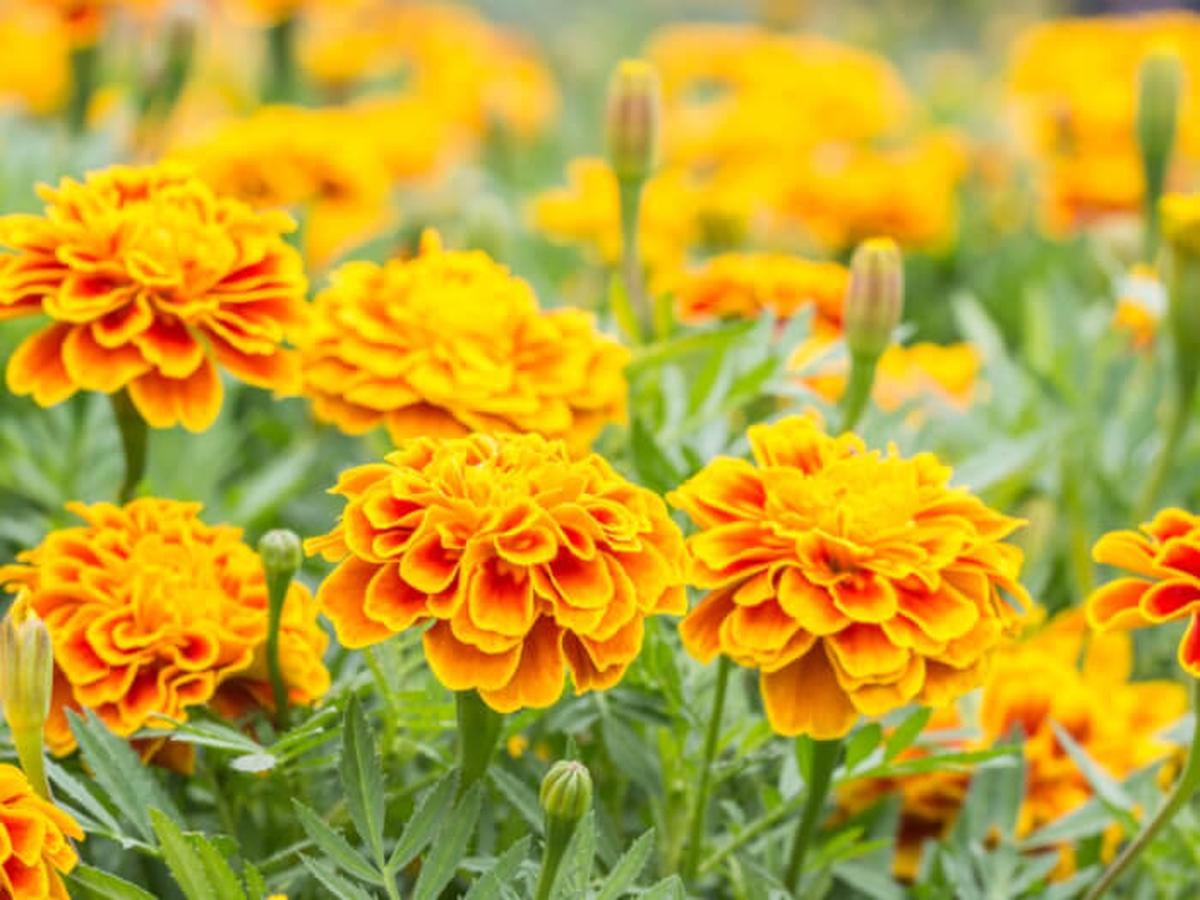
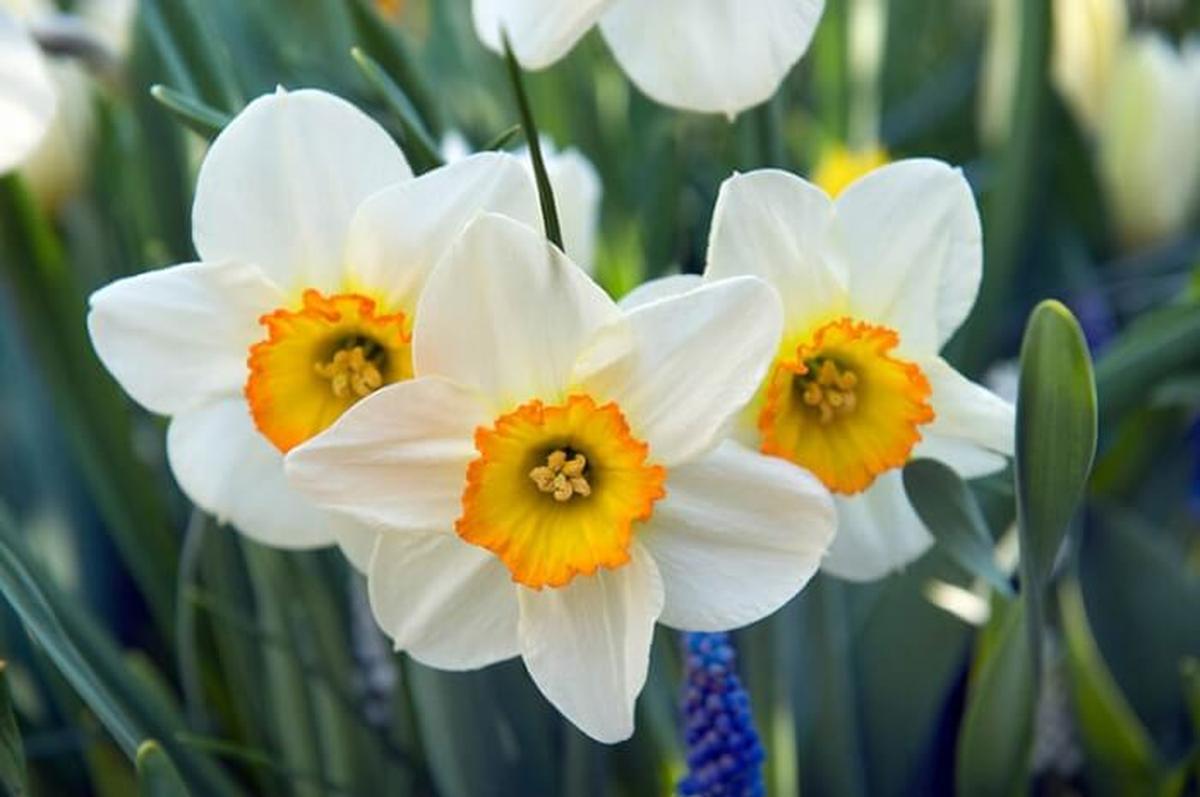
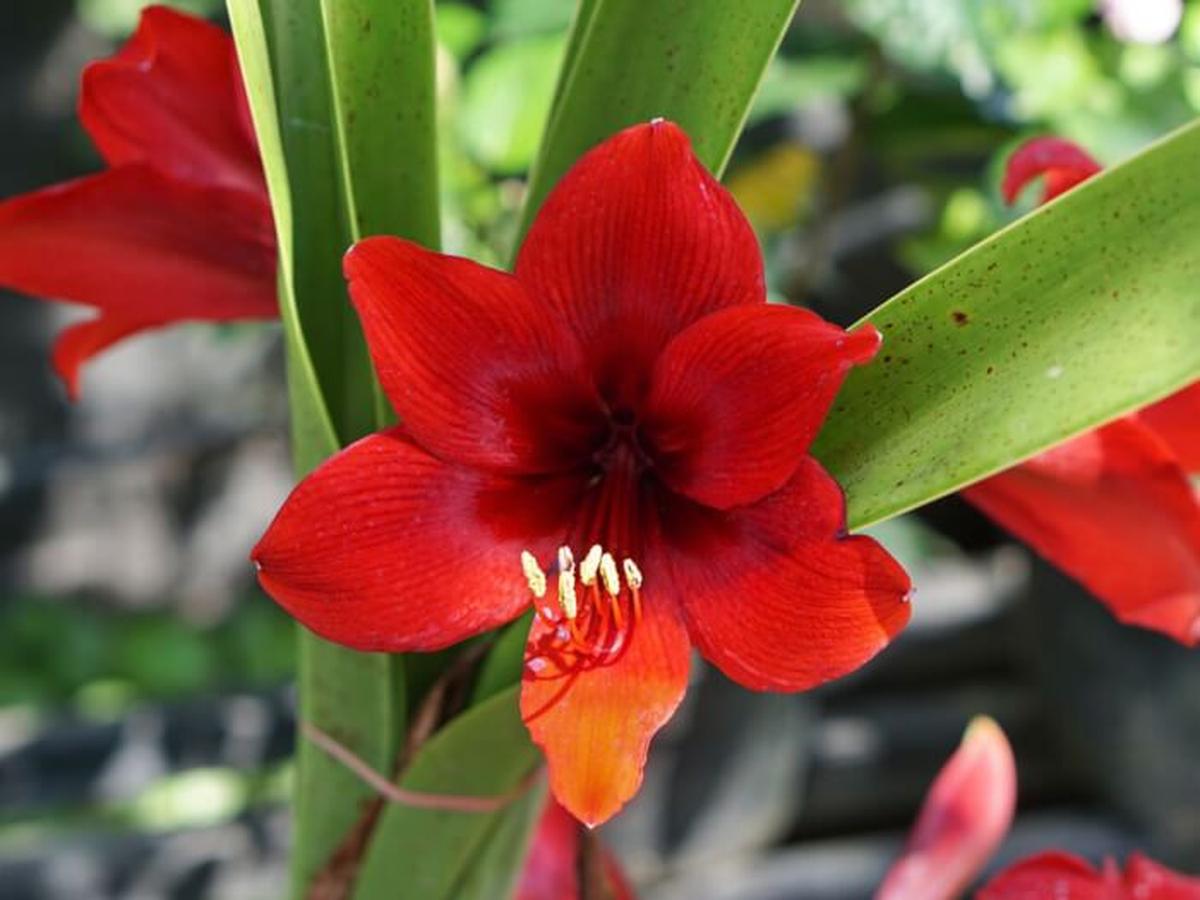
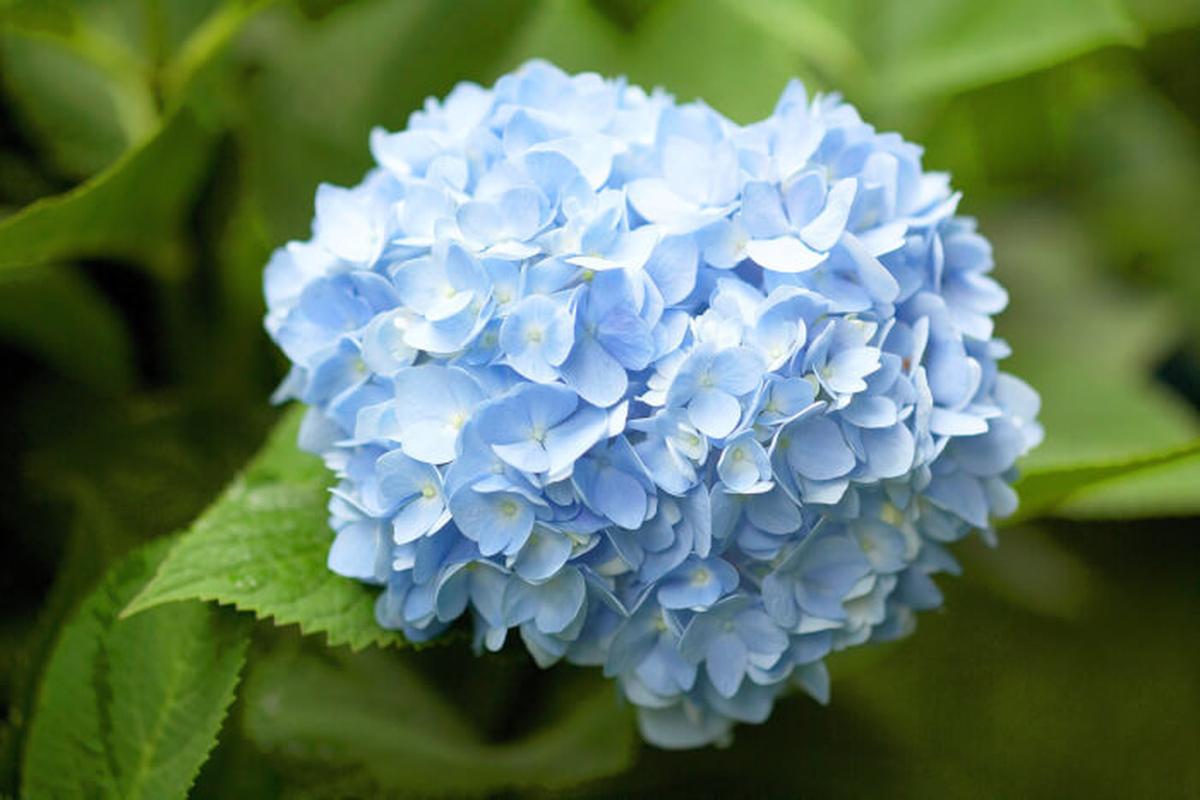
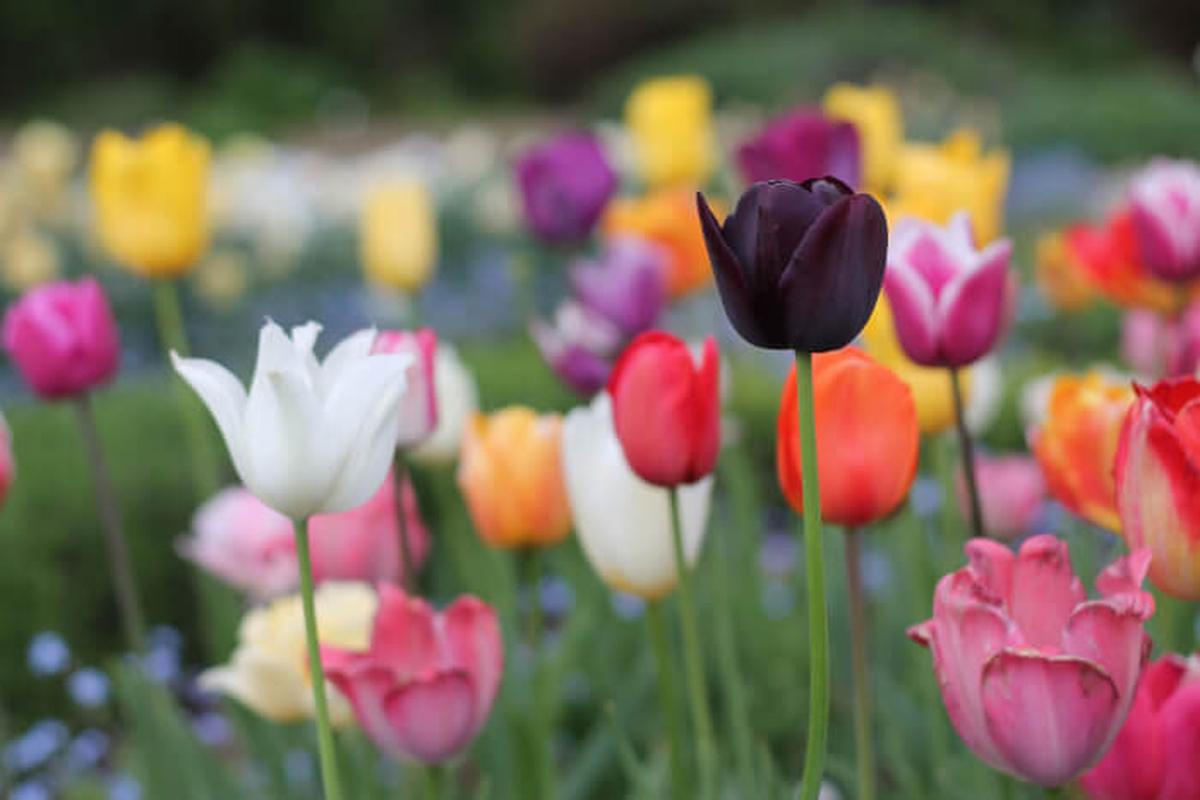
James Turner
Founder & Lead Designer
Expertise
Interior Design, Sustainable Design Practices, Spatial Planning, Innovative Material Applications, Contemporary Art Techniques, Visual Communication, Multimedia Artistry, DIY Design and Home Projects, Eco-Friendly Living Spaces, Creative Solutions
Education
University of Cincinnati College of Design, Architecture, Art, and Planning (DAAP)
Columbus College of Art & Design (CCAD), Columbus, OH
James Turner is the founder and lead designer at Velocity Art and Design. He studied Interior Design at the University of Cincinnati, focusing on eco-friendly design and smart use of space.
Later, he expanded his artistic skills with a Fine Arts Certificate from the Columbus College of Art & Design, where he learned about modern art and visual storytelling.
With over 10 years in design, James is passionate about making spaces that are both beautiful and practical. He shares his DIY tips and creative ideas to inspire others to explore their own creativity and transform their living spaces.